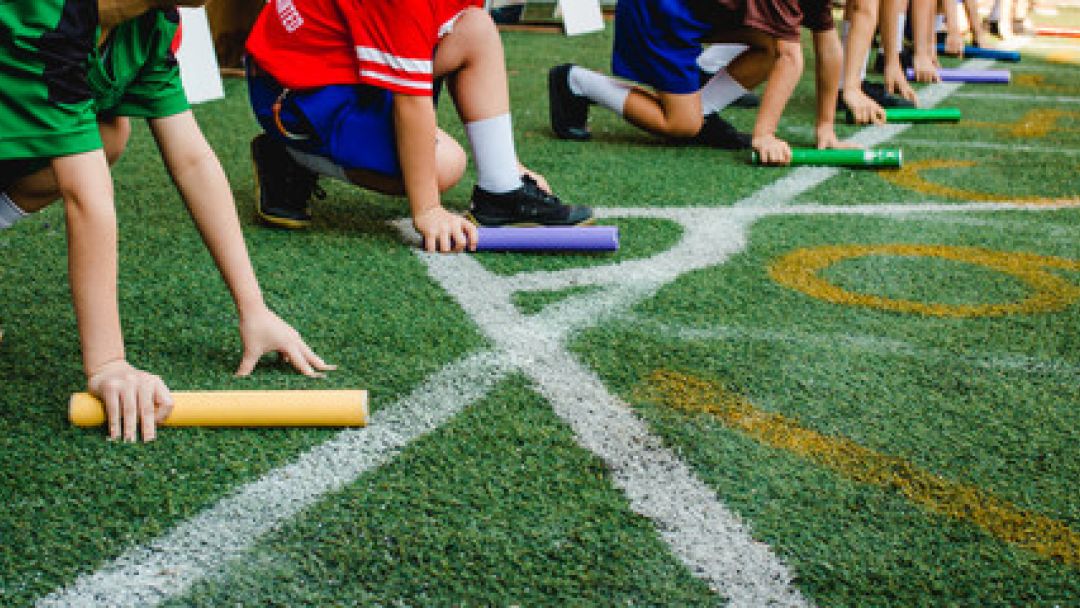How are this Term’s Numbers Games?

The dust is settling on the start of the summer term. For many schools, this means that the tri-annual mission of establishing the ‘games lists’ will be largely complete, with the late changes accommodated – or not – and a status quo established. This provides a clear opportunity to analyse the success of the programme – or otherwise.
For many schools, the significant factor is the number of pupils, in each year group, who choose to remain engaged within traditional games. In the summer, this means the numbers who choose to take part in Cricket, to join the meaningful Tennis programme (as opposed to the masses of low intensity participants, usually on the lesser, Hockey-pitch courts.) It also might include those who wish to compete in Athletics, or in Rowing.
These numbers have been declining steadily over the last ten years. The descent has been especially steep in the senior years, especially in the Sixth Form. An undoubted measure of the strength of the sports culture in any school is the number of Upper Sixth boys and girls who choose to remain enthusiastically involved in inter-school competition. A range of factors has led to this, including a stated priority of exam preparation which is more legitimate in some cases than others.
Senior sport is in terminal decline in many schools, especially in the summer term. Team games are under pressure, and ironically this is greatest in the two games upon which the programmes of most schools were historically built – Rugby and Cricket. Every school has a range of overcrowded alternatives, operated at varying levels of intensity. ‘Non-team’ Squash, Badminton and tennis do not see the sector at its best. ‘The Gym’ can become the destination of last resort. Few are the schools that restrict participation in Cricket or Athletics; many though have to put limits on the numbers permitted to choose undemanding activities which carry no competitive, or weekend, commitment.
The economy of summer term sport is often inverted. The activities which have low levels of committed participants, especially Cricket and Rowing, are the most expensive to operate. The former requires additional groundstaff, complex machinery and hours of preparation. Its transport is more expensive, as the games are longer. Rowing has its own economy which spectacularly eclipses all other spending on sport. At some stage there will be an analysis of the real costs of operating these activities, and in many environments it would not be justified by the levels of engagement.
Summer term sport is subtly shifting its identity. It is clinging to historical norms, often in denial of incremental decline. But the numbers cannot be ignored. All schools need to examine the engagement levels of senior pupils, and consider whether the summer programme is really working. The facts are often uncomfortable reading, and there is little evidence that the decline is going to be reversed. At some stage, the uncomfortable truth about the numbers is going to demand attention.